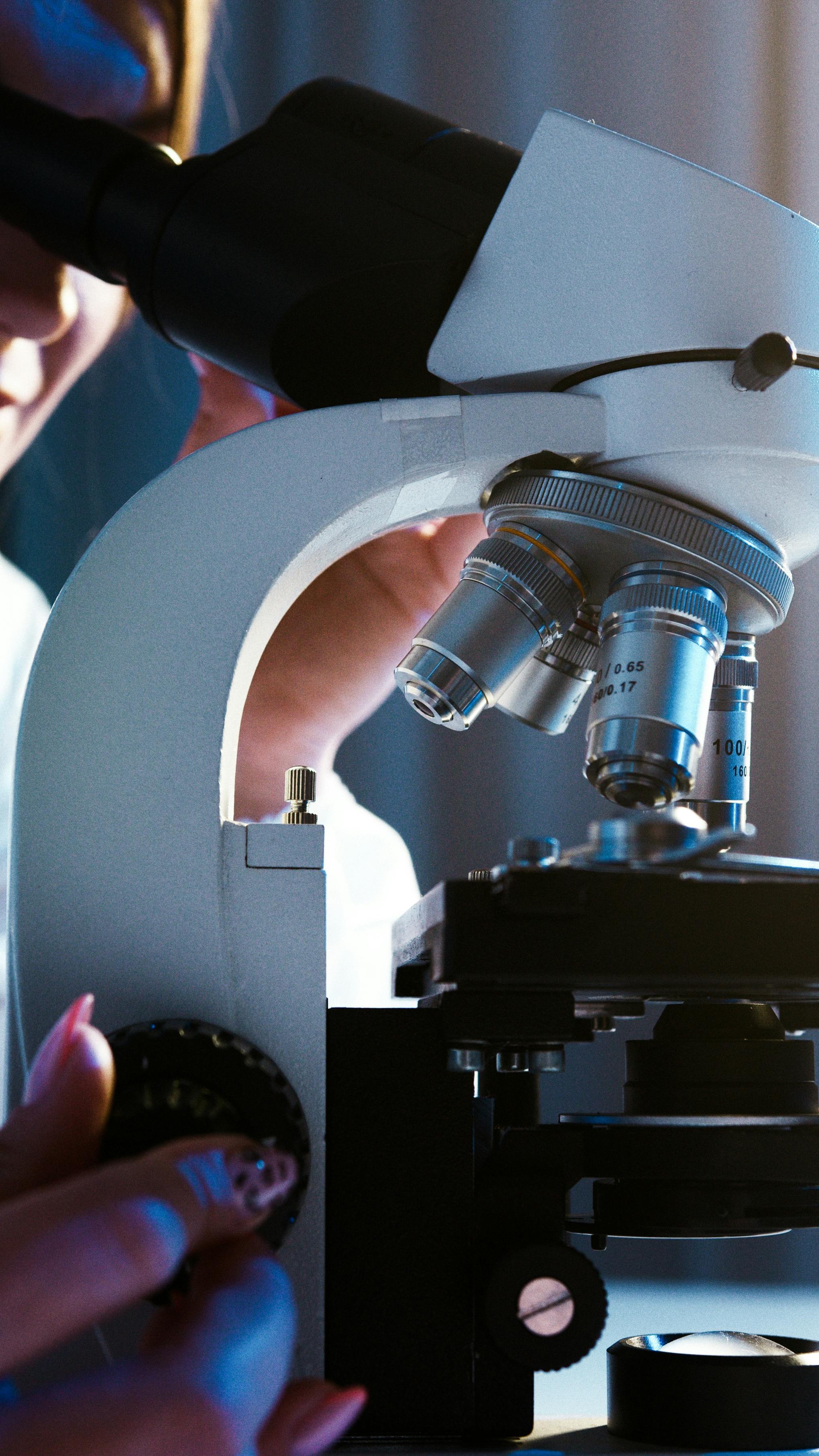When choosing an engagement ring, understanding diamond clarity is essential. Clarity refers to the tiny natural features, called inclusions and blemishes, that form within diamonds as they grow. These marks are part of a diamond’s unique identity, and they can affect both value and appearance.
Lab Grown Diamonds, like their natural counterparts, still have these inclusions, making every stone unique.
At Faire & Fine, we apply the same grading standards to our lab grown diamonds as mined diamonds. Each is assessed on the globally recognised clarity scale, so you know exactly what you’re choosing when shopping or designing your bespoke ring in Hatton Garden, London, UK.
Explore our bespoke engagement ring service.
What is Diamond Clarity?
Diamond clarity measures the presence of inclusions (internal) and blemishes (external). Most are microscopic and invisible without magnification, but the fewer and smaller they are, the higher the clarity grade.
The Diamond Clarity Chart
Diamonds are graded under 10x magnification according to the GIA clarity scale:
FL (Flawless) – No inclusions or blemishes visible at 10x. Extremely rare.
IF (Internally Flawless) – No inclusions, only surface blemishes. Very rare.
VVS1 / VVS2 (Very Very Slightly Included) – Minute inclusions, very difficult to see. Virtually flawless to the eye.
VS1 / VS2 (Very Slightly Included) – Minor inclusions, difficult to see at 10x. Typically eye-clean.
SI1 / SI2 (Slightly Included) – Noticeable inclusions at 10x, may be faintly visible. Excellent value if well chosen.
I1–I3 (Included) – Obvious inclusions, often visible without magnification. Less common for engagement rings.
Our Good, Better & Best Approach
At Faire & Fine, we ensure our customers cant go wrong with their diamond choice, by only stocking the top 5% of diamonds.
To make this easier, we simplify the clarity & colour choice with a Good, Better, Best approach.
Good: Beautiful diamonds that balance budget and beauty, often in the VS2/ F Colour range, eye-clean to the naked eye.
Better: Higher clarity such as VS1 in E colours, for those who want extra assurance of purity.
Best: Exceptional VVS diamonds, with D colours, chosen by those seeking the rarest quality.
Whilst all of our stones are 'Colourless' in D-F, and Eye-clean VS2+, we offer Every client can pick their own diamond clarity depending on preference and budget. With lab grown diamonds, you can often choose a higher clarity grade for the same cost as a lower-clarity mined diamond.
Ready to find your perfect clarity grade? Book an appointment in our Hatton Garden studio.
FAQs on Diamond Clarity and Colour
Which diamond clarity is best?
Flawless is the top grade, but for most buyers, VS or VVS offer the best balance of beauty and value.
Is VS1 or VS2 better?
VS1 has slightly fewer inclusions, but both are usually eye-clean and indistinguishable without magnification.
Is an I or H diamond better?
This refers to colour, not clarity. H is near-colourless, while I may show a faint warmth.
Is colour E or F better for diamonds?
Both are excellent near-colourless grades. E is marginally whiter, but the difference is subtle.
Is VVS2 a good diamond?
Yes. VVS2 inclusions are so small they are almost impossible to detect without strong magnification.
Is colour D good for a diamond?
Yes. D is the highest possible colour grade, completely colourless and rare.
Which diamond clarity is expensive?
Flawless and Internally Flawless diamonds command the highest prices due to their rarity.
Are lab grown diamonds worth it?
Absolutely. Lab grown diamonds are graded on the same clarity scale, look identical to mined diamonds, and offer far better value.
Is VS or VVS better?
VVS is technically cleaner, but VS often appears the same to the naked eye. Many clients prefer VS for its balance of quality and price.
Clarity vs Colour — Which Should You Prioritise?
For most buyers, an eye-clean clarity (VS or SI1) paired with a colourless grade (D-F) provides the best quality, and in lab grown diamonds, still provides good value. Colour is often more noticeable than clarity once the diamond is set in a ring. However, if you’re investing in a larger stone, a higher clarity may be worthwhile to ensure brilliance.
Choosing Clarity for Engagement Rings
When selecting clarity, consider:
-
Setting style: Solitaires show more of the diamond, so clarity may be more important than in halos or trilogies.
-
Carat size: Larger diamonds reveal inclusions more clearly.
-
Metal choice: Platinum, yellow gold, and rose gold can influence how inclusions and colour are perceived.
At Faire & Fine, our team guides you through these choices as part of our bespoke process.
Discover more about creating a bespoke lab grown diamond engagement ring.
Why Choose Faire & Fine
Every engagement ring we create in Hatton Garden is designed around your chosen diamond using our stone-first approach. Whether you select a Good, Better, or Best clarity grade, you’ll have complete transparency and control. With lab grown diamonds, you can enjoy exceptional sparkle and higher clarity without compromise.
Book an appointment in our Hatton Garden studio to begin your journey.
